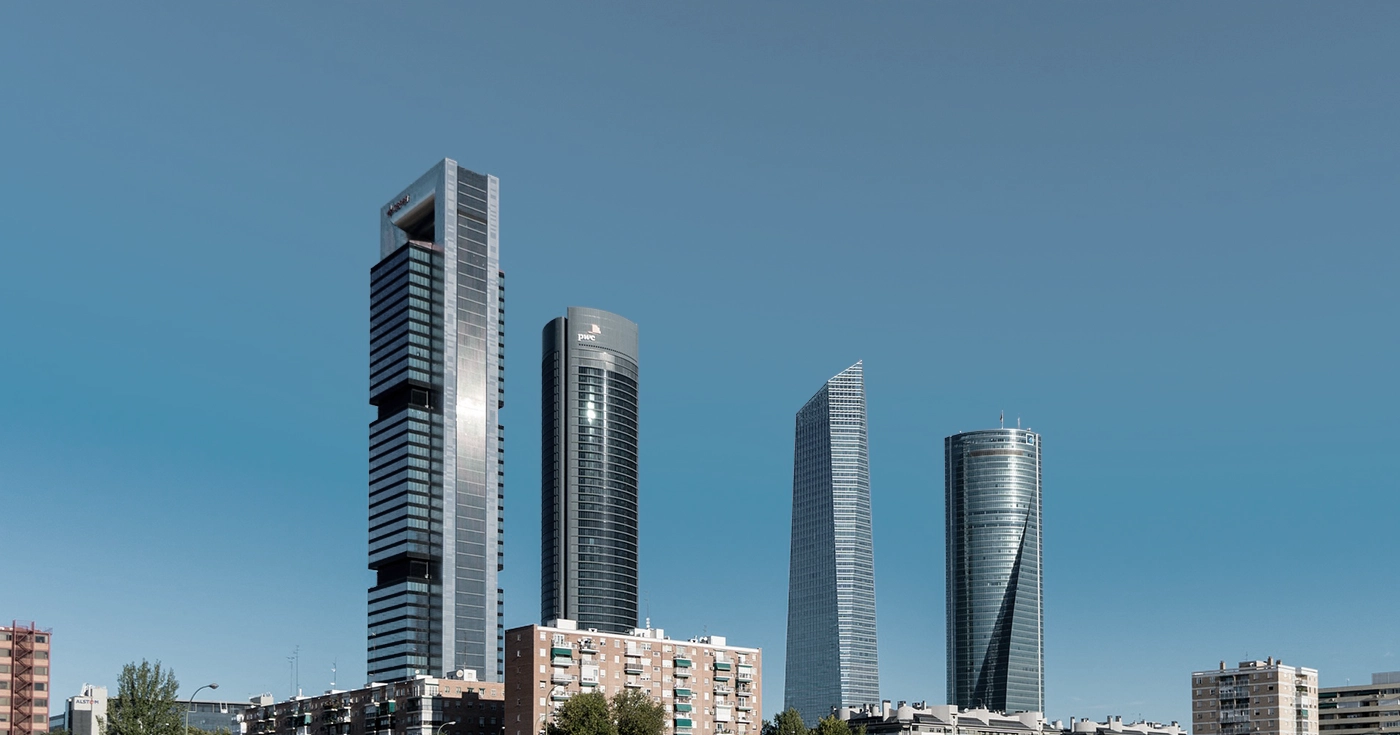
Housing prices rise again: Madrid leads the surge
Last Updated on 9 May 2025 by Equipo Urbanitae
The trend of accelerating housing prices continues to be a reality in Spain. The average price of residential property, both new and second-hand, has now reached €1,902/m², showing a year-on-year increase of 7.5% in the first quarter of 2025. When adjusted for inflation, the real increase stands at 4.7%, though in tourist areas, employment hubs, and their nearby population centers, this figure is even higher. Additionally, data from the first three months of the year show a further acceleration in prices compared to the previous quarter, with a rise of 2.9%. This is highlighted by the “IMIE Local Markets” report, based on valuations conducted by Tinsa by Accumin.
This year-on-year increase is also recorded in 18 out of 19 autonomous communities and cities, all of which are also experiencing a general uptick in quarterly variations. Leading the way are the Balearic Islands (12.8%), Madrid (+12.6%), and Cantabria (+12.2%). Prices fell slightly only in Melilla (-1.3%) and remained stable in Ceuta (-0.4%) and Extremadura (-0.5%).
As many as 28 provincial capitals saw quarterly price increases above 5%, up from 22 in the previous quarter. In year-on-year terms, Madrid (+15.1%) and Valencia (+14.5%) stand out, with the city of Vigo, although not a capital, also notable with a 14.1% rise.
Record highs amid unstoppable housing price acceleration
The data confirms that Madrid remains one of the most dynamic and high-pressure markets in the country. In terms of price growth rates, the Ciudad Lineal district stands out with a 13.6% increase, followed by Usera (13.2%) and Moncloa-Aravaca (12.4%).
In terms of property value, Madrid has seven districts surpassing €4,500/m², ranking among the most expensive areas nationally. The Salamanca neighborhood leads the list at €6,615/m², closely followed by Chamberí (€6,186/m²), Chamartín (€5,548/m²), Centro (€5,542/m²), Retiro (€5,157/m²), Arganzuela (€4,694/m²), and Moncloa-Aravaca (€4,649/m²).
Strong demand for residential property
According to the appraisal company, this trend is linked to the boost from easier access to credit, stemming from monetary policy decisions. Additionally, a significant portion of home purchases continue to be made without a mortgage, still accounting for half of all transactions.
Cristina Arias, Director of the Research Department at Tinsa by Accumin, notes that “the early data from 2025 continue to reflect strong employment levels, which support household solvency, and a sustained demand for residential housing at robust levels.”
Besides a moderation in mortgage costs, the study also shows a gradual recovery in household purchasing power nationwide. This new scenario has slightly reduced the theoretical home purchase effort from 35.5% to 34.9% of household income. However, Madrid is in a much more strained position in this regard, with the average household needing over 45% of its disposable income to afford a home. This strain becomes even more pronounced at the municipal level, with Madrid among the capitals requiring an effort equivalent to 56.6% of income for home payments. Other cities such as Cádiz (60.4%), San Sebastián (56.8%), Málaga (56.2%), and Barcelona (55.1%) are also among the most heavily burdened.

